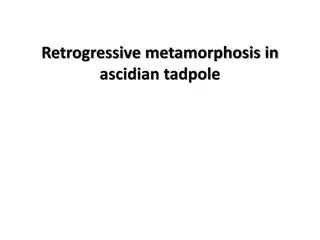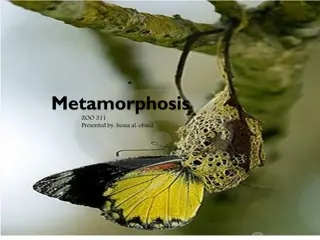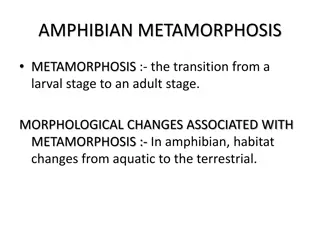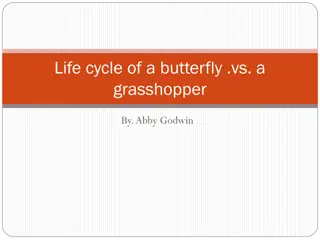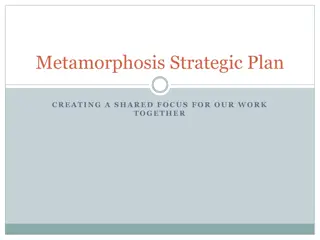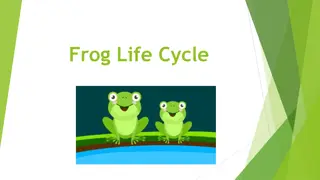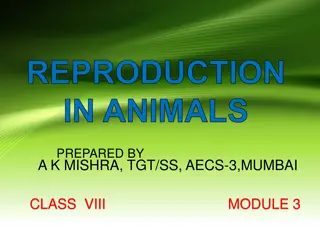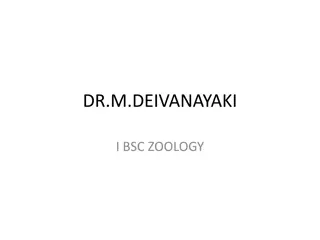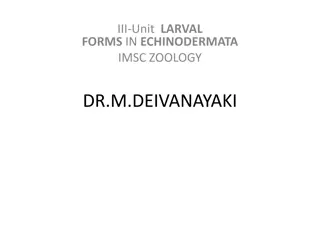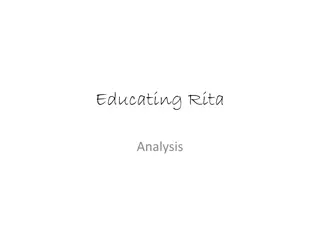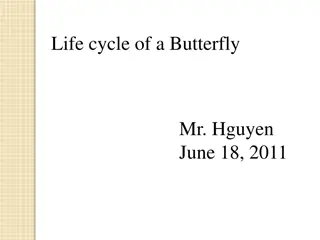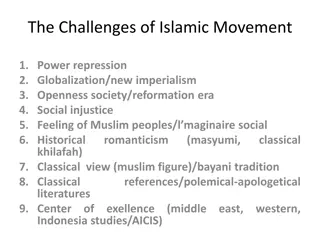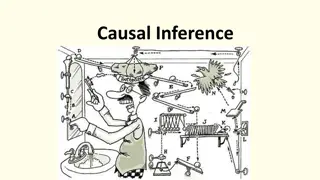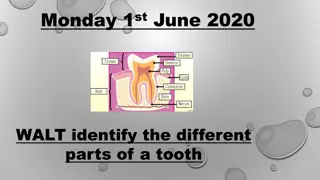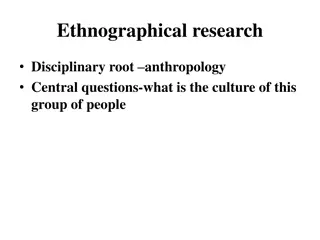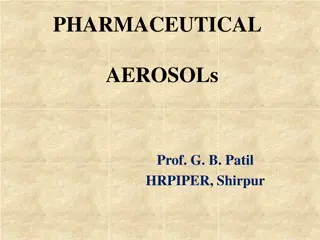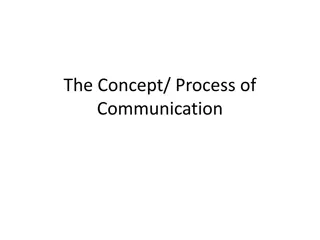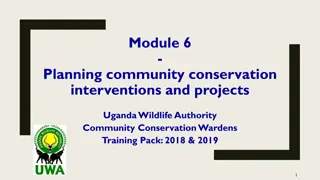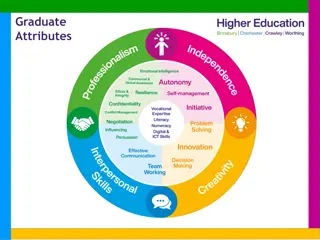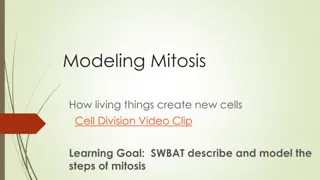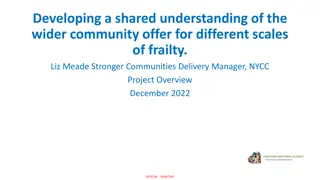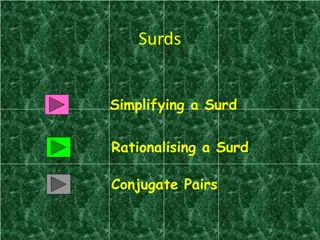Understanding Retrogressive Metamorphosis in Ascidian Tadpole
Ascidians, also known as sea squirts, exhibit retrogressive metamorphosis where the larval stage possesses advanced features lost in adulthood. With a tough outer tunic, these marine filter feeders have three main types - solitary, social, and compound ascidians. They feed by taking in water through oral and atrial siphons. Retrogressive metamorphosis in ascidians involves the loss of chordate characteristics as the larva transitions into a sedentary or degenerated adult form. This process results in a transformation from an advanced larval form to a more primitive adult form.
Download Presentation

Please find below an Image/Link to download the presentation.
The content on the website is provided AS IS for your information and personal use only. It may not be sold, licensed, or shared on other websites without obtaining consent from the author. Download presentation by click this link. If you encounter any issues during the download, it is possible that the publisher has removed the file from their server.
E N D
Presentation Transcript
Retrogressive metamorphosis in ascidian tadpole Dr. Narayan R. Mane Department of Zoology GKG College Kolhapur
Ascidian Ascidiacea (commonly known as the ascidians or sea squirts) is a class in the subphylum Tunicata of sac-like marine invertebrate filter feeders. Ascidians are characterized by a tough outer "tunic" made of the polysaccharide tunicin, as compared to other tunicates which are less rigid. Ascidians are found all over the world, usually in shallow water with salinities over 2.5%. While members of the Thaliacea and Larvacea swim freely like plankton, sea squirts are sessile animals: they remain firmly attached to substratum, such as rocks and shells.
There are 2,300 species of ascidians and three main types: solitary ascidians, social ascidians that form clumped communities by attaching at their bases, and compound ascidians that consist of many small individuals (each individual is called a zooid) forming colonies up to several meters in diameter. Sea squirts feed by taking in water through the oral siphon. The water enters the mouth and pharynx, flows through mucus-covered gill slits (also called pharyngeal stigmata) into a water chamber called the atrium, then exits through the atrial siphon.
https://upload.wikimedia.org/wikipedia/commons/thumb/2/2d/Triphyllozoon_inornatum_%28Bryozoan%29_and_Polycarpa_aurata_%28Sea_quirt%29.jpg/300px-Triphyllozoon_inornatum_%28Bryozoan%29_and_Polycarpa_aurata_%28Sea_quirt%29.jpghttps://upload.wikimedia.org/wikipedia/commons/thumb/2/2d/Triphyllozoon_inornatum_%28Bryozoan%29_and_Polycarpa_aurata_%28Sea_quirt%29.jpg/300px-Triphyllozoon_inornatum_%28Bryozoan%29_and_Polycarpa_aurata_%28Sea_quirt%29.jpg
Metamorphosis is a change from the juvenile to adult stage in which larval stage is quite different from the adult stage. In retrogressive metamorphosis the larva possesses advanced characters which are lost during the development and the adult is either sedentary or degenerated with primitive characters. Urochordate adults, being sedentary show degenerative characters while the free swimming tadpole larva shows advanced chordate characters which are lost during metamorphosis. During metamorphosis the larva will loose all the chordate characters and attains an invertebrate like form. This type of metamorphosis, where highly advanced larval form ends in a slowly organized adult is called retrogressive metamorphosis
Retrogressive metamorphosis is characteristic of ascidians (Urochordata or Tuncicata). It is given this name because here a progressive, active and alert larva metamorphoses into a retrograde and sedentary adult. Ascidians are marine, sedentary, bag-like creatures that remain attached to a rocky substratum all their lives and use a current of water passing through their large and perforated pharynx to collect microorganisms on which they fads. The larva, on the other hand, is active, tadpole-like in shape and has all the three chordate features, gill clefts, notochord and dorsal tubular nerve cord. Most of these characters are lost or become degenerate as the active larva metamorphosis's. Hence, the term retrogressive metamorphosis.
There is a rod-like notochord in the tail to which are attached muscle bands for swimming. There is a dorsal hollow nerve cord which is enlarged to form brain at the anterior end. A photoreceptor ocellus and a balancing organ, the statocyst are attached to the brain. There are only two pairs of gill slits in pharynx but the mouth is closed by a membrane and intestine is rudimentary.
Endostyle on the ventral side of pharynx is very well developed which functions like thyroid gland and helps in metamorphosis. Heart is on the ventral side of gut but is non- functional. The larva possesses on the anterior end three ectodermal adhesive papillae which help in firm attachment on the substratum.
Changes during metamorphosis Larva attaches to the substratum with the help of chin warts, head downward and tail up. Rapid growth takes place between the chin warts (adhesive papillae) and mouth and almost no growth on the opposite side of body. Due to rapid growth on one side, body starts rotating in such a way that mouth gradually migrates to the upper side. Meanwhile pharynx enlarges and stigmata increase in numbers.
Intestine becomes functional and atrial opening is formed on the opposite side of oral aperture. Both tail and notochord are gradually absorbed in the body during metamorphosis. The hollow nerve cord is reduced into a solid nerve ganglion on the dorsal side. Sense organs, namely ocellus and statocyst are lost.
When the metamorphosis is over, Herdmania is transformed into a bag-like sedentary animal attached to the rock by a foot and having branchial and atrial openings for inlet and outlet of water respectively. Pharynx becomes enormously enlarged with a large number of stigmata for filter feeding and digestive system becomes well developed. However, other advanced chordate characters of the larva are degenerated into simple structures, due to which it is called retrogressive metamorphosis.


